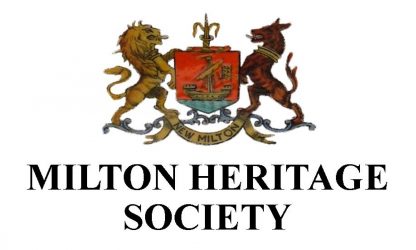The area around the Whitefield Road, Station Road, Osborne Road cross roads could be considered to be the first commercial centre in New Milton. Look at the attached 1909 Ordnance Survey map.
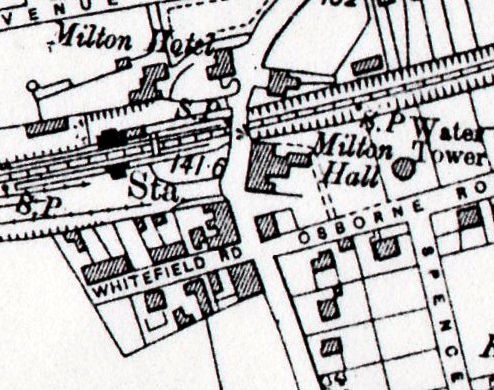
North of the Railway station is the Milton Hotel. Opposite is a garage. There are railway sidings and shops on the bridge, notably the grocers Misselbrook and Weston and on both sides of Station Road leading down to the cross roads with Whitefield and Osborne Road. We can see that shops carried on south of the cross roads on the left, or west side, but that there were large houses on the east side.
The shops that extend from present day Lloyds Bank up to the Taxi Office were built in about 1904 and are called Bank Terrace. This photograph is taken in about 1904.
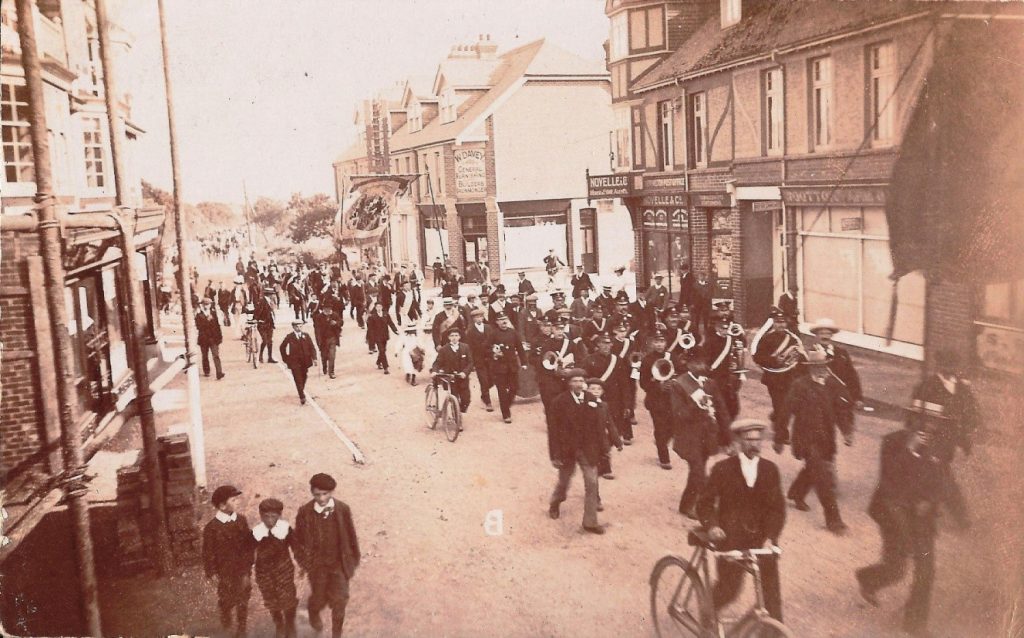
Milton Heritage Society Collection
The camera is pointing south along Station Road towards the Whitefield Road entrance. The image shows a ‘Hospital Sunday’ parade which was a welfare fundraiser with the money being used to help the poor of the parish receive some medical care. Note on the left of the image the scaffolding and piles of bricks from the building of Bank Terrace. On the corner in what is now New Forest Sports can be seen a builders merchants and iron mongers. This later became White and Pitman, a milliners and drapers shop. Those who were schoolchildren in Milton in the 1970s will remember it as a fabulous toy shop called ‘Toys Agogo’.
To give some idea of how the area looked, examine this aerial photograph taken in about 1920 which shows the shops running south of the railway bridge.
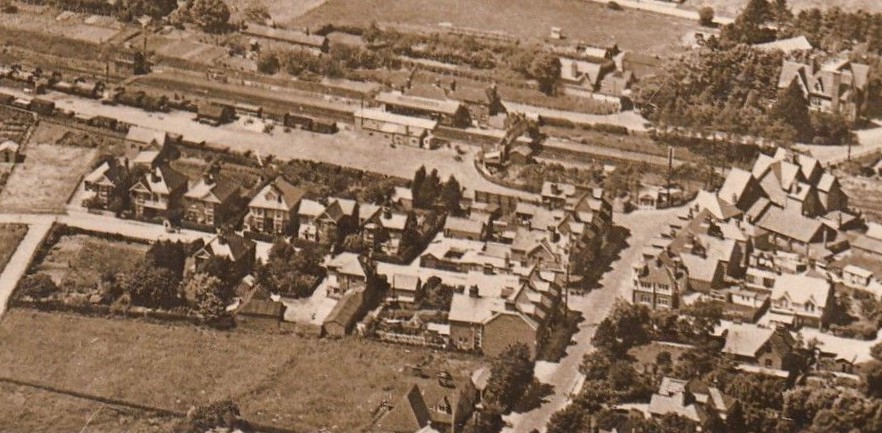
Milton Heritage Society Collection.
You can see the size of the private houses that were on the east side of the road. They ran from where today the shoe repair shop is now located down to the cross roads with Ashley Road. Note also that in the early days Whitefield Rd extended only as No. 30 where it came up against farmland. Behind No. 30 was Dealey’s coal yard. This later became the Quaker Meeting House. If you walk past this building look at the gable end. You can just make out a painted advertising sign for good stabling and hay.
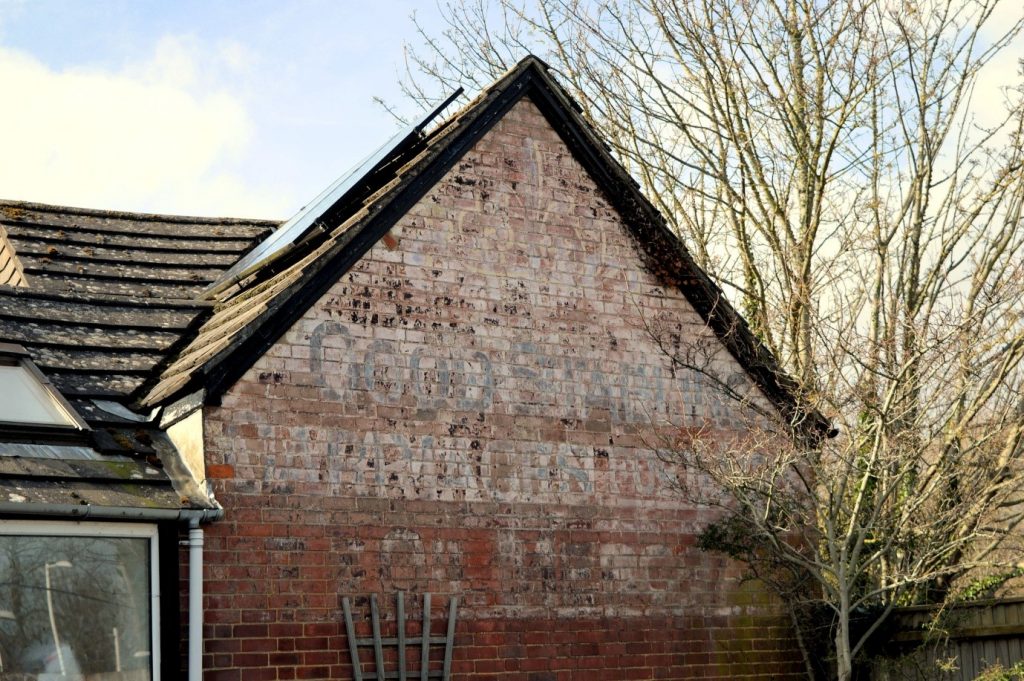
Milton Heritage Society Collection.
There were of course a number of coal yards and offices selling coal in and around the Station Approach area. Several of these retail outlets were located in huts little more than the size of a garden shed. They were perched on the embankment which today is the boundary of the Practical Van Hire yard.
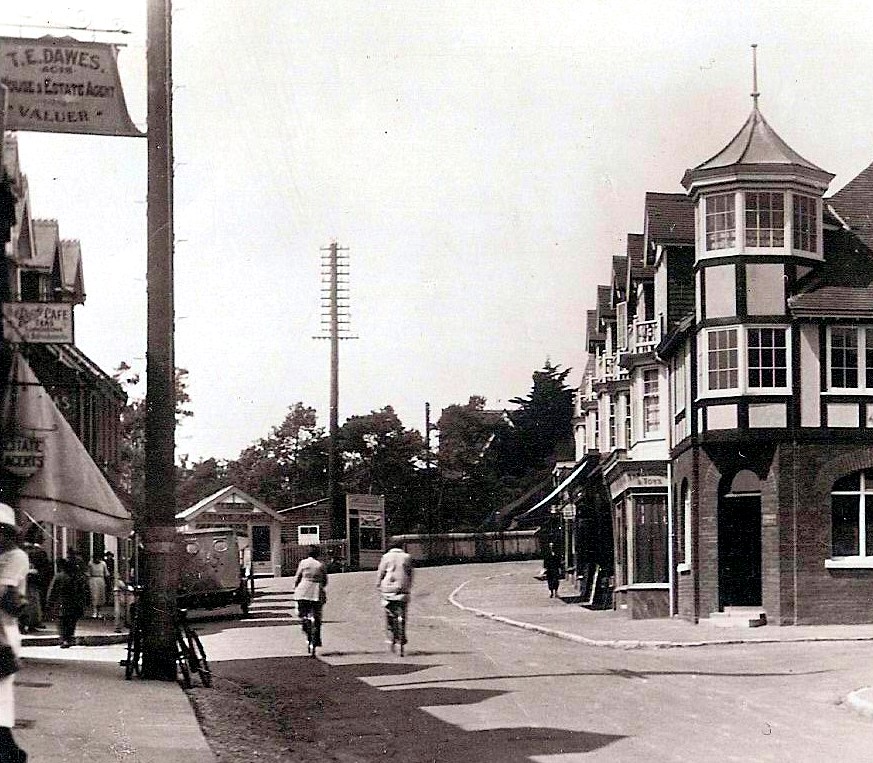
There was also at least one estate agents office in a similar building. One coal office hut that survives today is still in use but as a taxi office.
The bank on the corner of Osborne Road was initially operated by the Wilts and Dorset Bank as seen here in this image This bank was bought out by Lloyds bank in 1914. It is worth noting that this building has always retained its original use and is one of the few in Station Road to have done so. On the opposite corner is Novelle’s Post Office. Mrs Novelle moved the post office here in about 1900. It is now in use as Cookies Corner sandwich shop.
Later other shops were built from the Post Office corner heading up towards Station Approach. These included Alfred Barrow’s dairy shop, which later became a fishmongers and is now used as Trevor Shaw’s ladies hairstylist. Next door was a business run by Mr Percy Beale, which later became a butchers shop owned and was run by an appropriately named Mr Bull. It is now the Hourglass micro pub. The next shop up was Mr. John Farwell’s dairy shop and tea room. In later years this was used by Porter and Clarkes before their move across the road into Milton Hall. It is now Betfred . On the corner with Station Approach was a building that was initially used by Harrisons Tobacconist but from 1910 onwards used by Mr Kirkman the chemist. He also developed photographs and sold film as well. When he moved further down Station Road to the shop which is now Costa Coffee, the premises was taken over by Alderson radio shop. It later became the New Milton Launderette. It was then used commercially by Mitchells Estate Agents, but is now the aptly named New Miltan tanning shop.
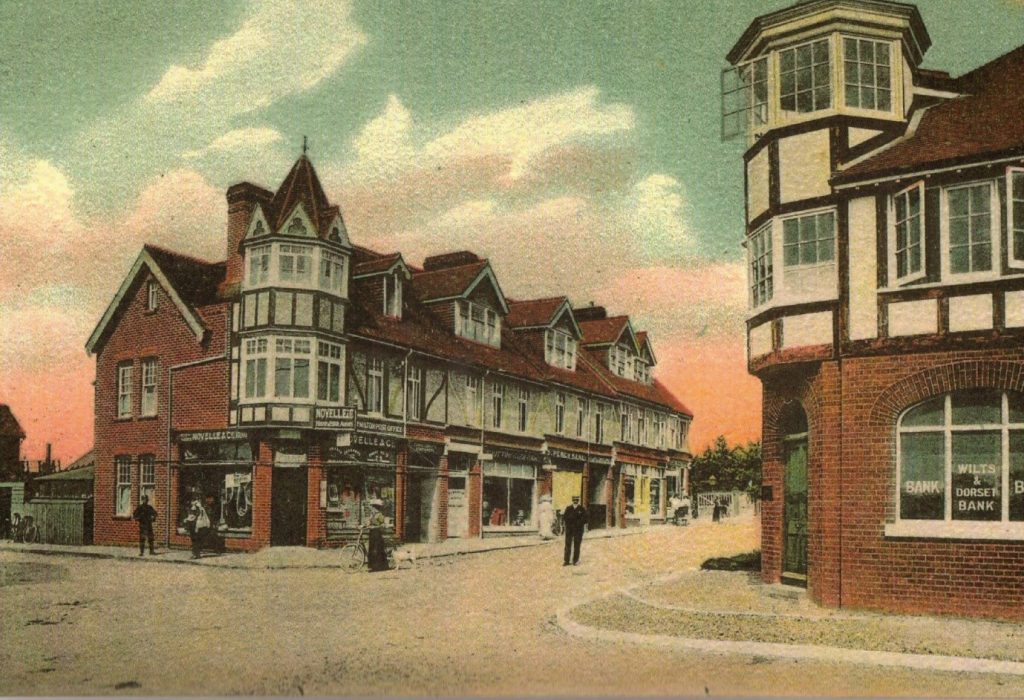
As shops continued to be built south along Station Road, so the retail area of town moved down towards the Station Road, Whitefield Road crossroads area until we came to have our shopping area on both sides of the length of the road. We now have a diverse mix of shops and cafes for Miltonians and visitors to visit.
